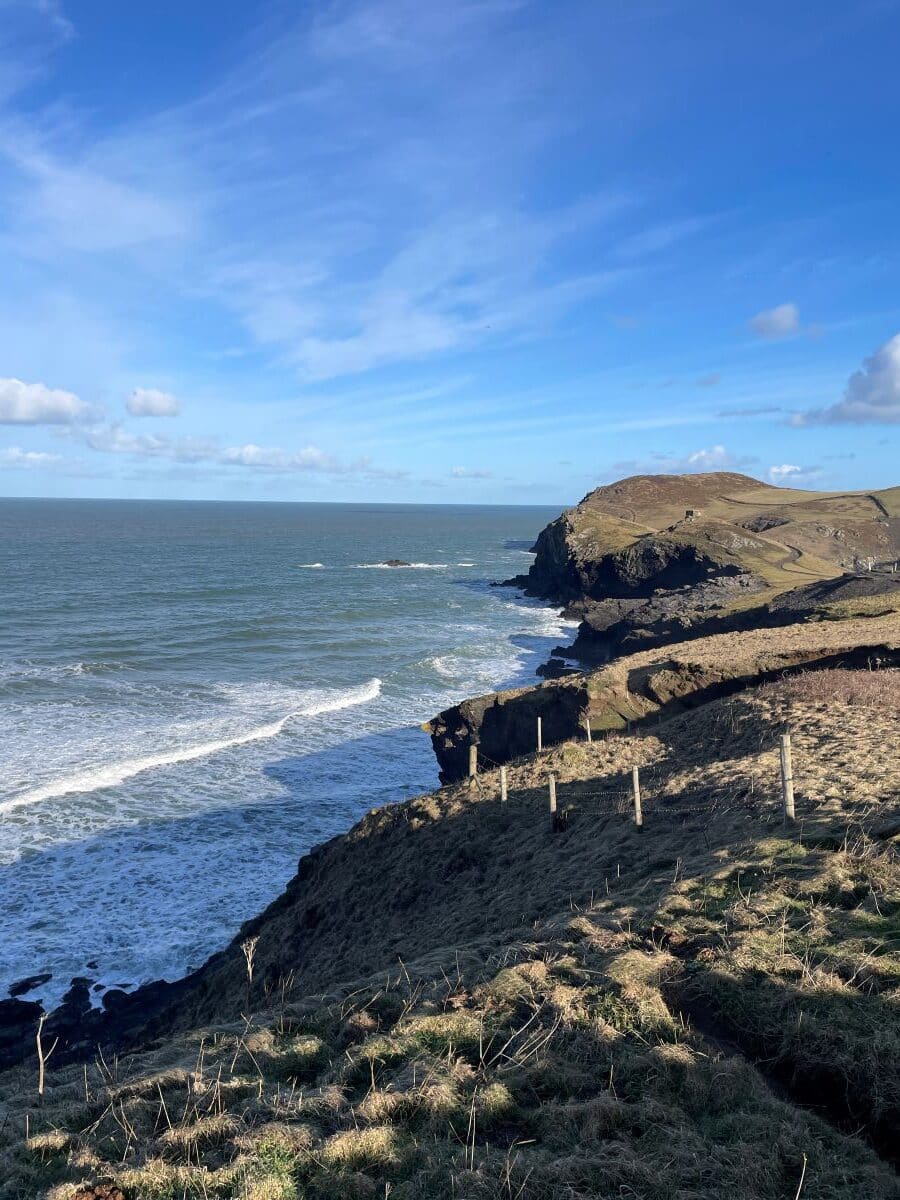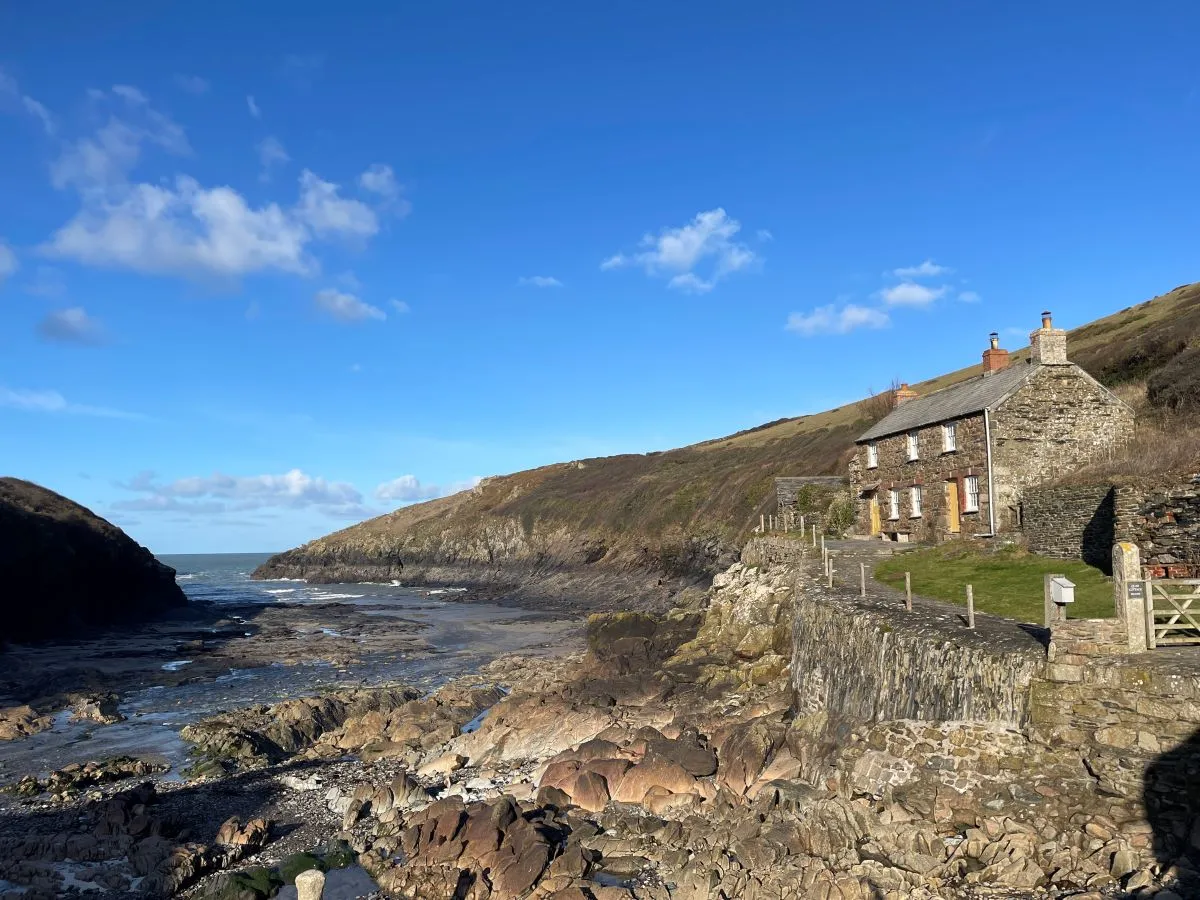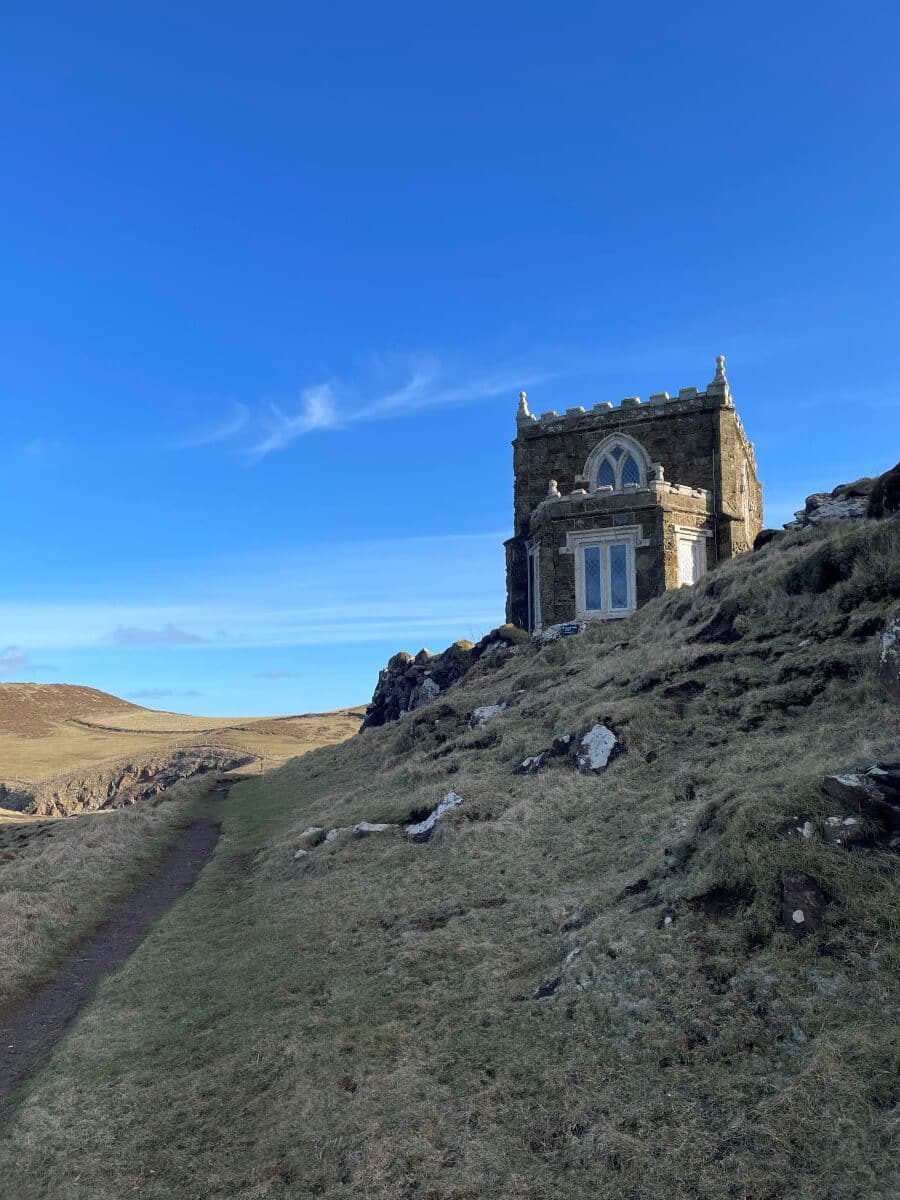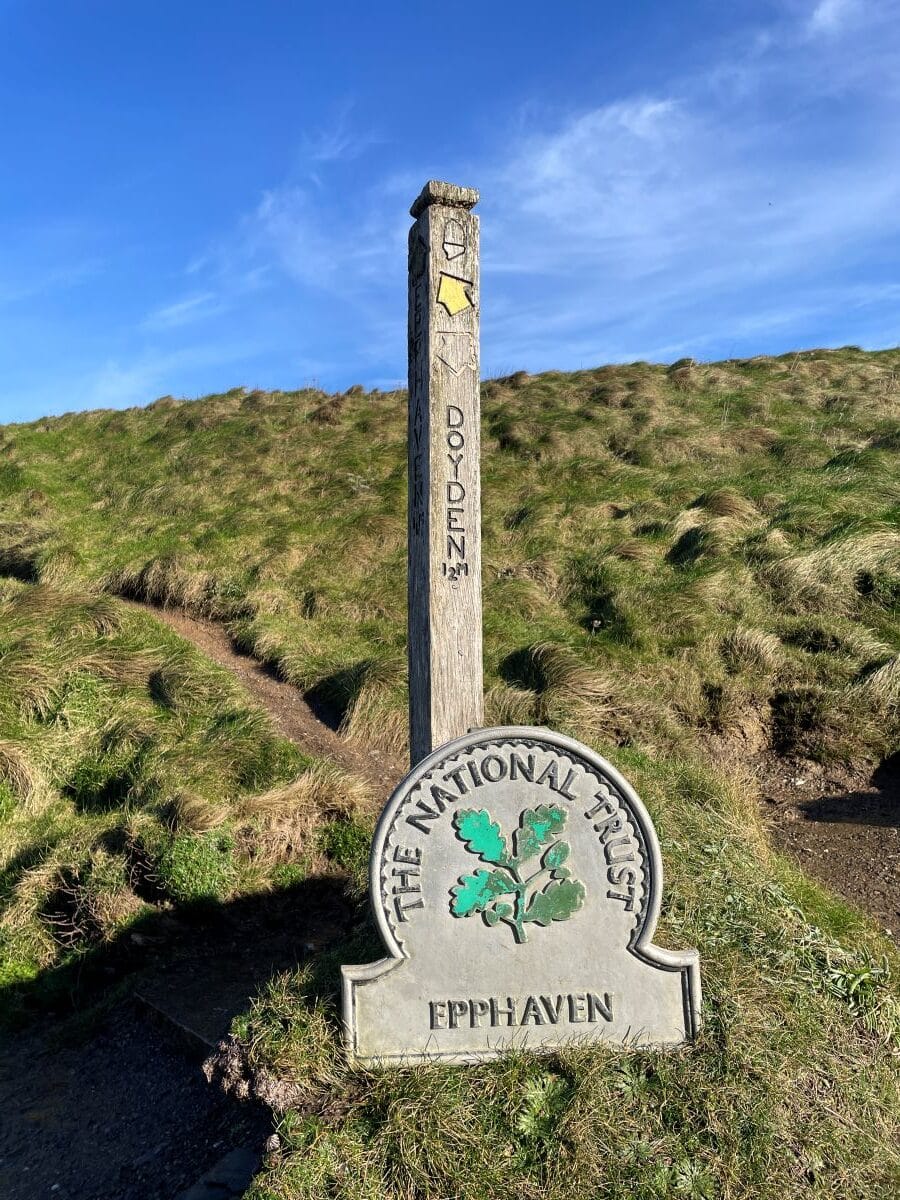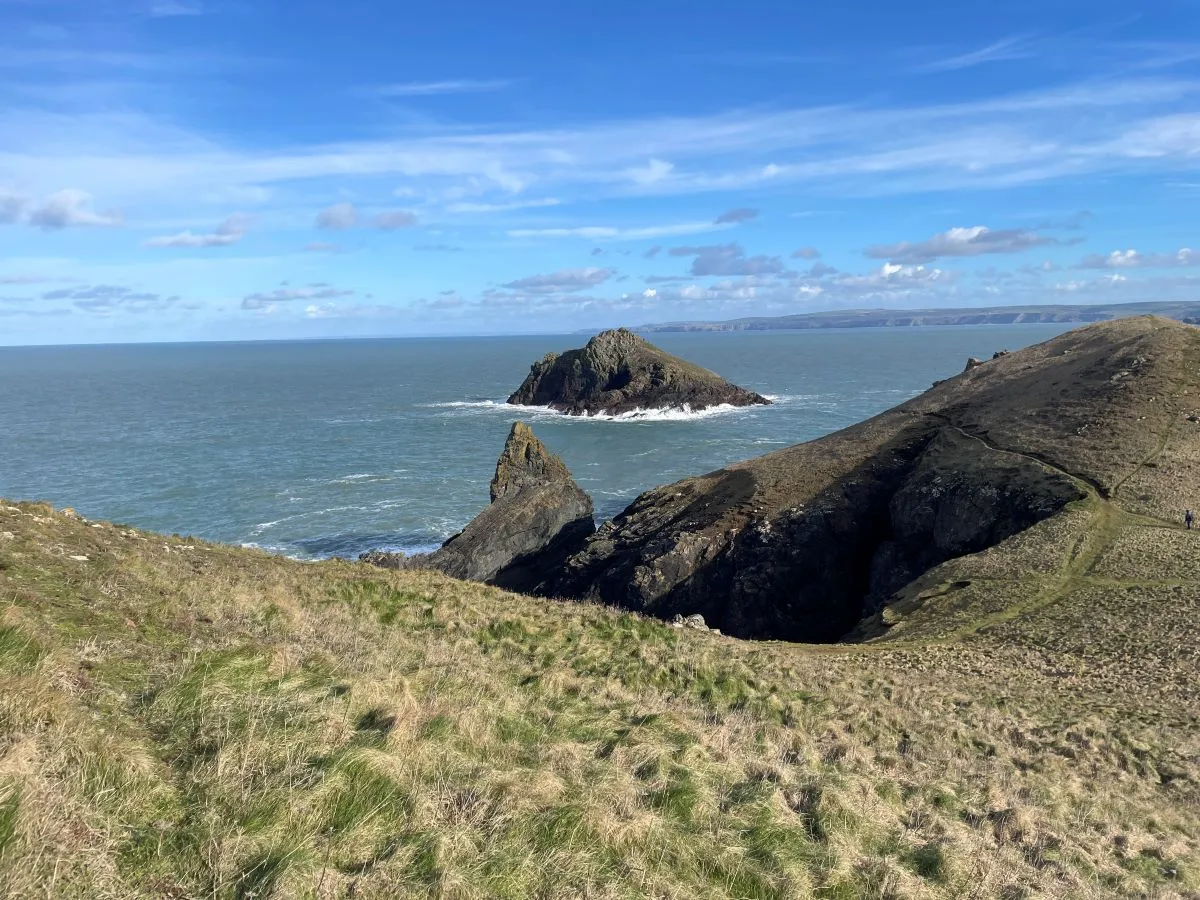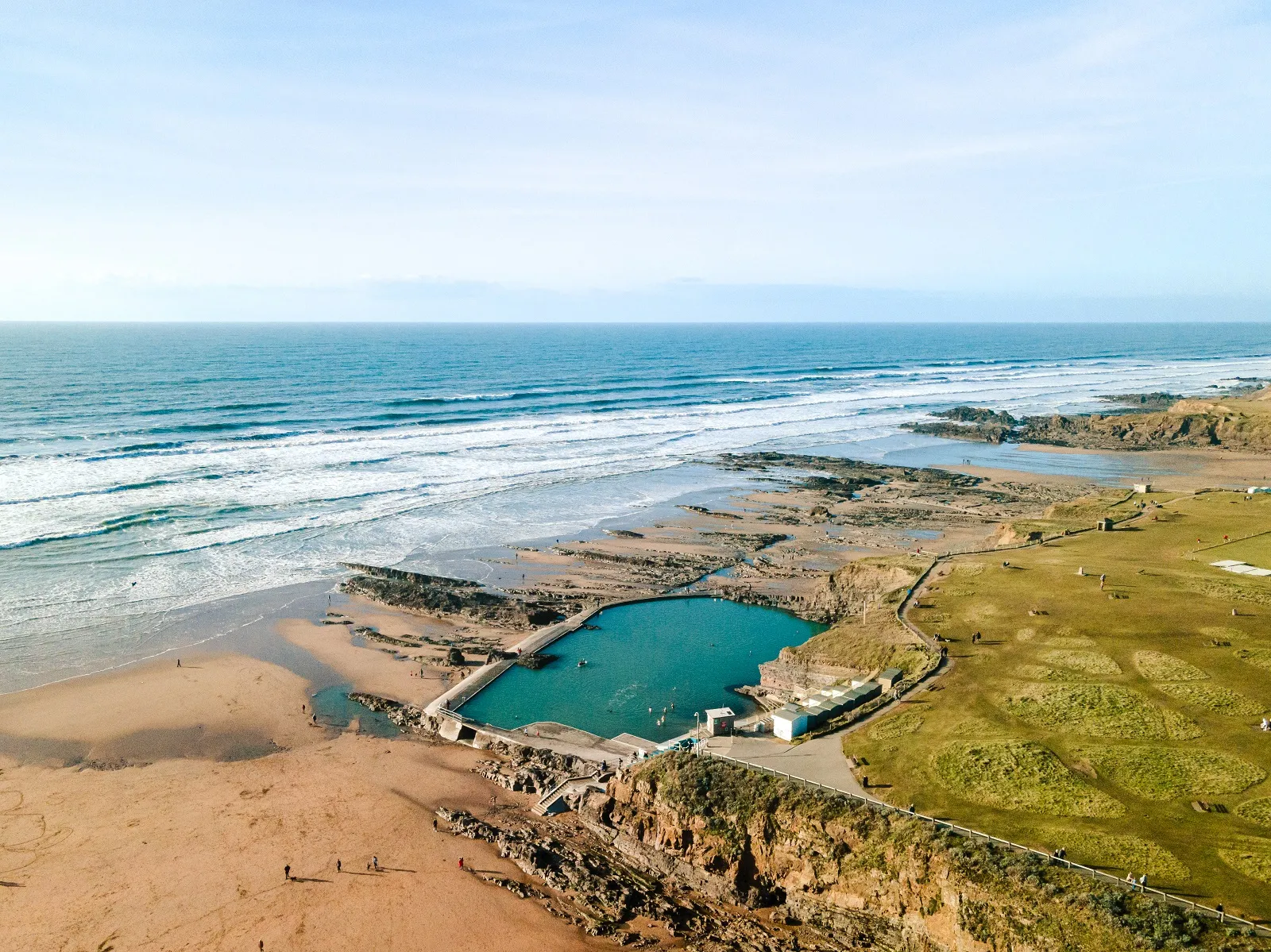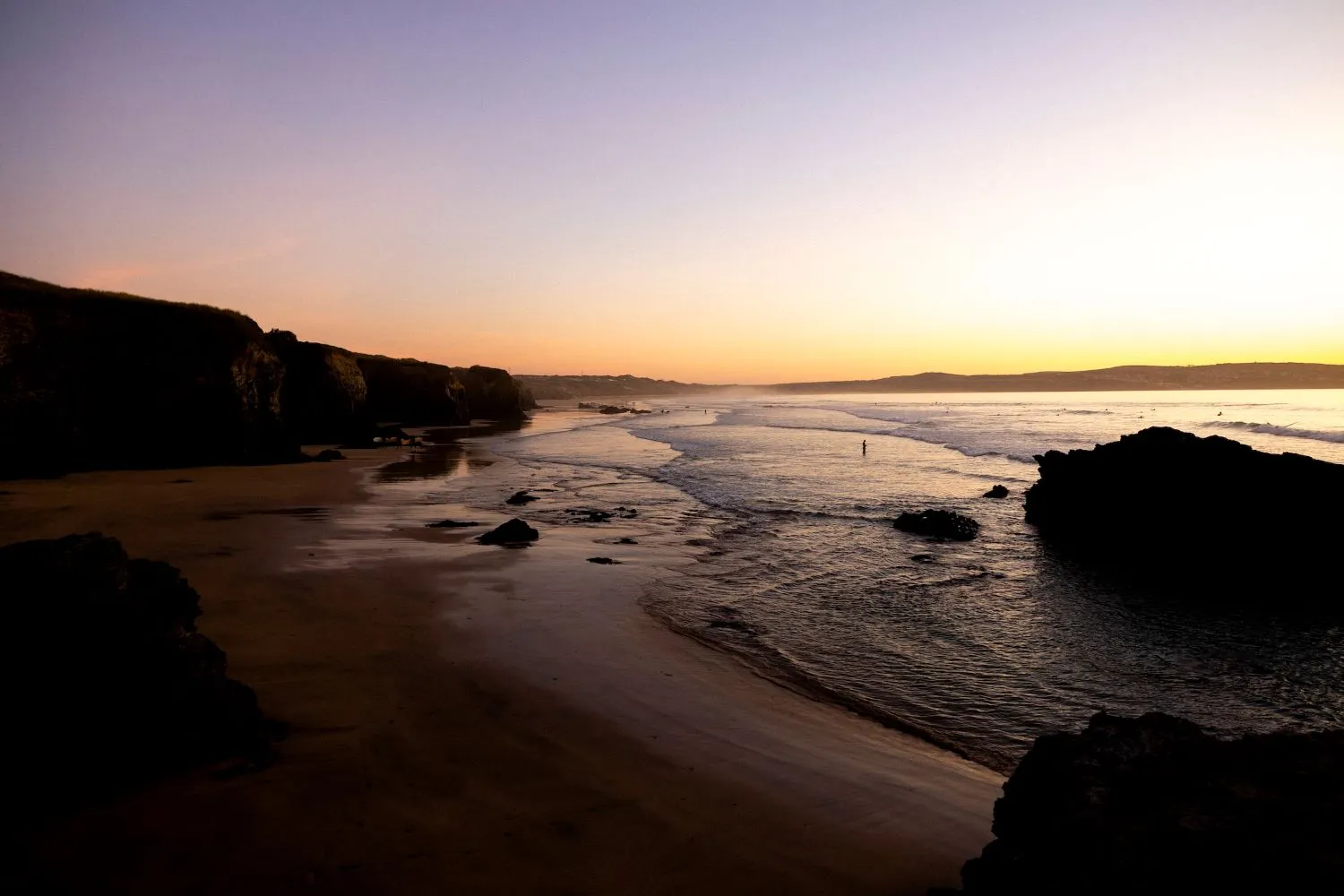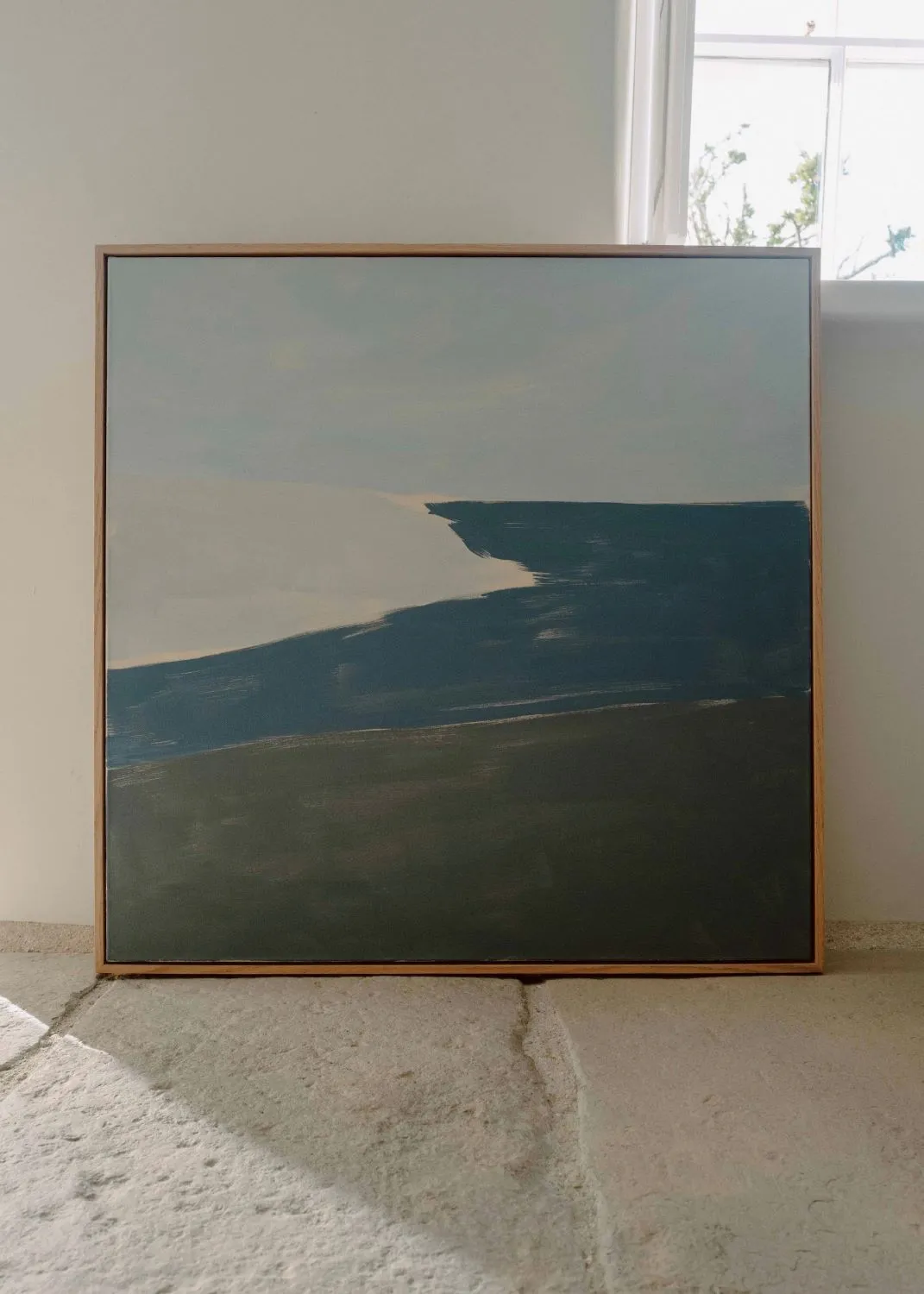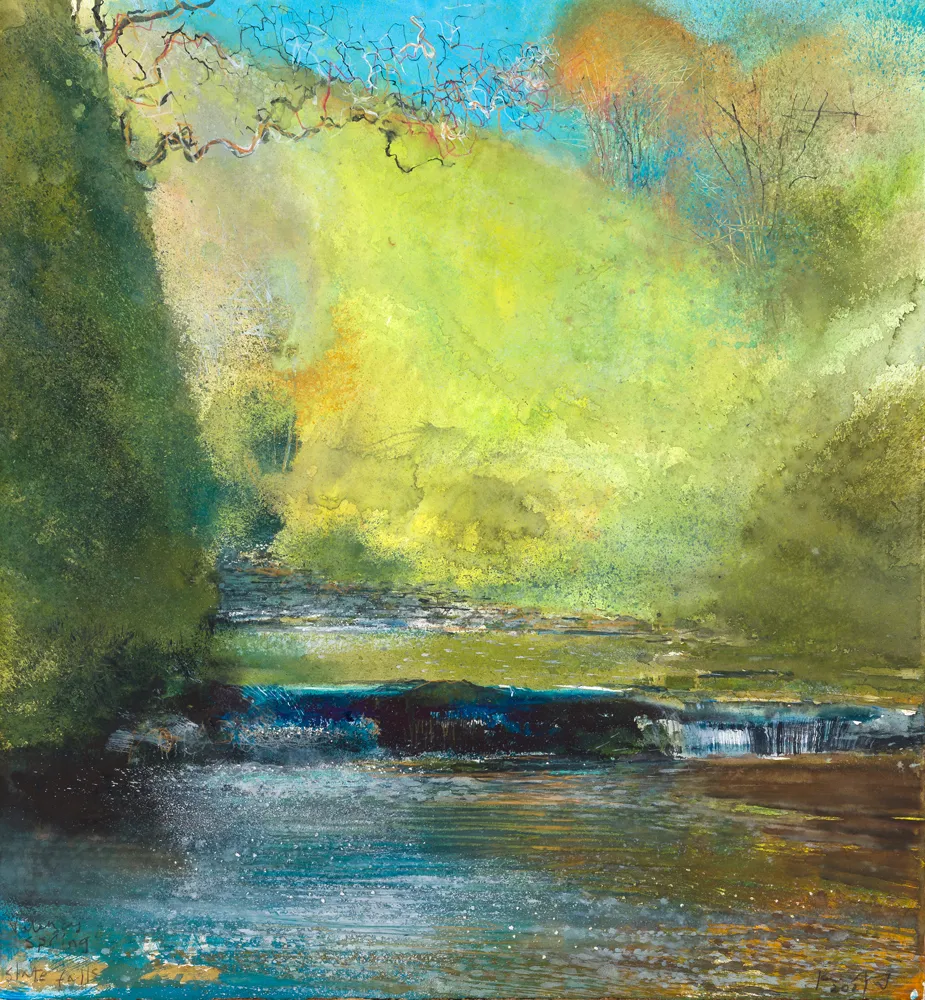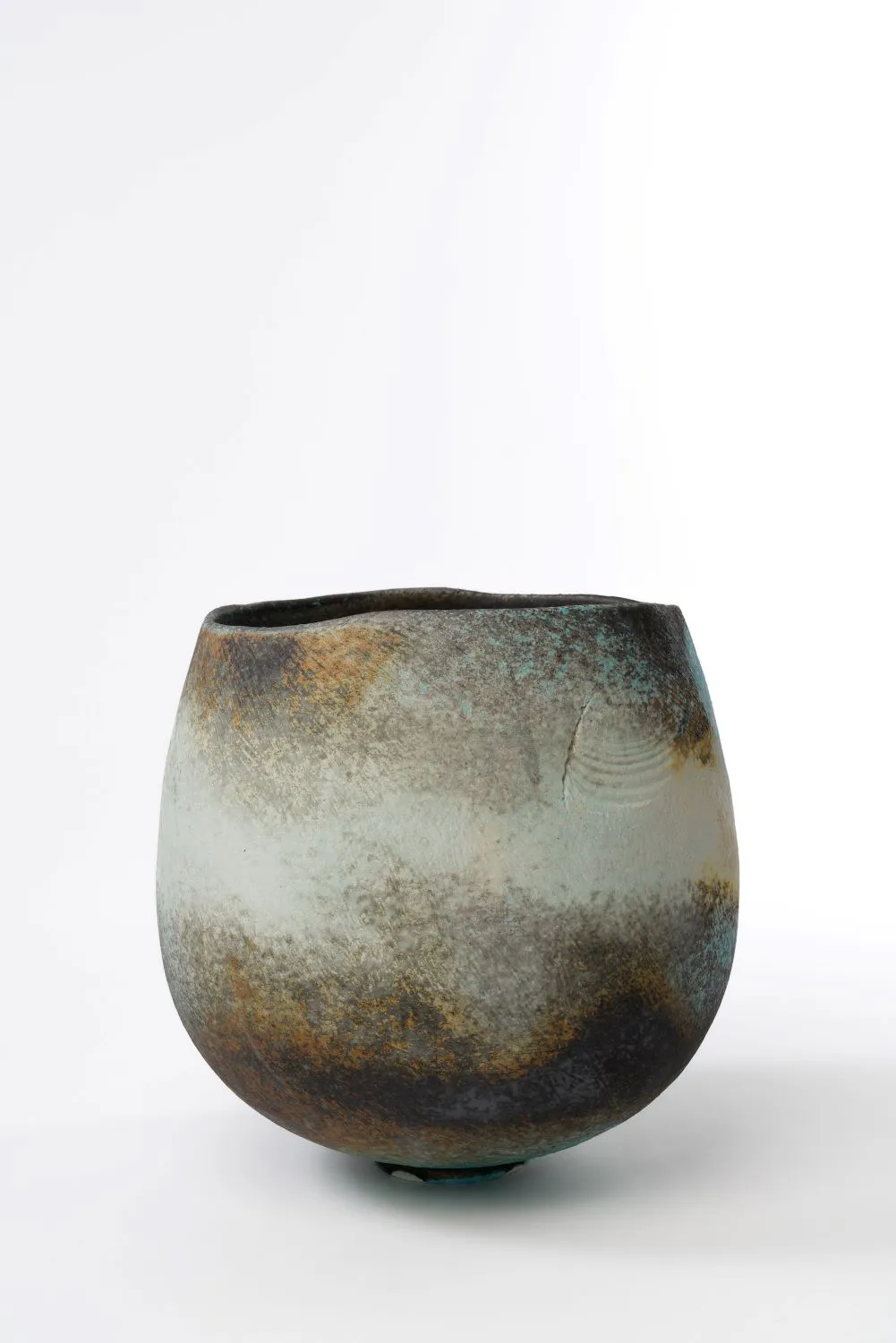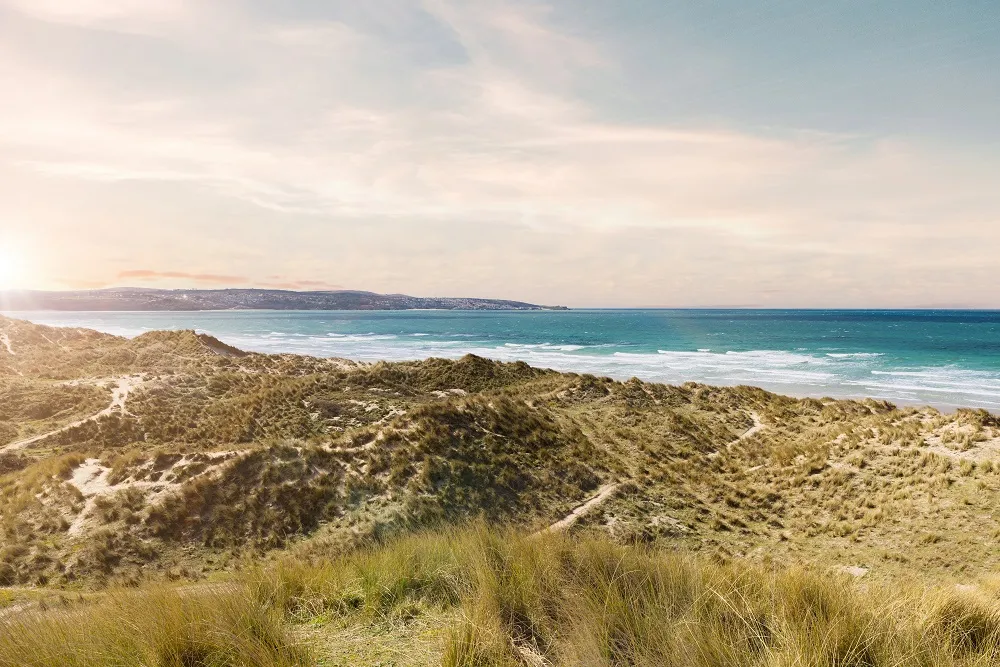
Twelve Stories for Twelve Sections takes you on a journey into Cornwall’s unique land, culture and heritage. Discover a new Area of Outstanding Natural Beauty with every tale.

Seeking to explore a new side of Cornwall? Find inspiration in the pages of Twelve Stories for Twelve Sections. This anthology brings together a series of short fictions set in Cornwall’s twelve Areas of Outstanding Natural Beauty, each written by one of the county’s gifted storytellers.
From tales of grief and hope in Gwithian’s rolling dunes, to family May Day traditions in ‘the forgotten corner of Cornwall’ Rame Head, these stories take you deep into Cornwall’s land, culture and heritage. Find a quiet nook to sample these stories of sand and sea.
Section 05: St Agnes
Stretching from the southern edge of Perranporth to the north of Porthtowan, in this section you’ll find wide expanses of sand, swell, dunes and heathland. Derelict engine houses and mining industry remnants are scattered across the landscape on craggy rocks.
Perran In The Sands by Emma Timpany is set in Perranporth’s dunes and tells the story of St Piran, Cornwall’s patron saint. Timpany takes us from the 5th century to modern-day Cornwall, exploring how faith twists and turns over time – but a powerful history remains, with St Piran’s earliest followers laid buried in the dunes.

“In early spring, the people come to stand and sing, carrying his flag and, for us, armfuls of sun-bright daffodils. We ask them to talk to us, and while they talk, we listen. We have always listened. We take their prayers to keep, to echo amongst us like precious shells whispering with sea-sound. We keep the secrets of their souls, their hopes, their fears, their anger, and their pain. We lie in their blood like mead and stir them fire warm. When they leave, we nestle in their clothing – a spring of mint, a swirled snail shell, a tiny speck of grit. We understand that faith moves like the sand, that it both comes and goes.
“The track leads down to the dunes. By a small stream hedged by hawthorn and elder, the budding spires of musk-pink agrimony. The sky’s unbroken blue is a portent of late-morning heat. The tall pole on the dune is stark, its true shape hidden until the bar comes into view. A cross. A magpie stops to rest on it, its piebald feathers wet with sun. Nearby, snug in their towans, the stone bones of two ruins lie open to the sky.”
St Piran’s Oratory is one of the oldest known Christian sites in Britain. It was covered by shifting sands in the 10th century but dug out in 2014 so you can visit the remains in the expansive dunes of Penhale Sands just outside Perranporth.
Section 06: Godrevy to Portreath
Sheer slate cliffs, Red River valleys and mazes of wild dunes make up this stretch of coastline in north west Cornwall, where surfers flock year-round for the Atlantic swell. If you’re seeking ocean adventure or a rugged clifftop walk, this stretch is hard to beat.
Little Lights by Clare Howdle is a tale of two lost souls, Violet and Nina, of different ages and backgrounds sharing the ebbs and flows of grief set in this section. These disparate souls find connection to each other – and to the healing power of nature on Gwithian’s towans. Here, Violet takes the newly arrived Nina to explore the world surrounding her home for the first time.

“Outside the sun is already high and hazy. Seagulls wheel and screech. The girl shades her eyes and looks out to sea. Breathes.
Violet leads them to the cliff edge where tourists and daytrippers park, carry their brightly coloured windbreaks past the lifeguard hut and through the rocks, to the beach.
The track here used to go straight down, Violet says, pointing at all the cars lined up along the top. When my mother was little, they would drive right onto the sand.
She hadn’t meant to say it, wishes she could take it back, but the girl’s expression has already lifted with the hint of a smile. She leans in.
It has changed a lot?
Violet watches the lines of swell advance, dark shadows rising, peaking, then toppling to the shore.
In some ways, she says hurriedly, moving them along. In others, not at all.”
Follow Violet and Nina’s footsteps: walk the coast path above Gwithian Beach, continuing past Godrevy Lighthouse, the inspiration for Virgina Woolf’s To The Lighthouse. Pause with your binoculars on the headland at Mutton Cove to spot its colony of grey seals hauled up on the beach below.

Section 11: Rame Head
The Rame Peninsula is tucked away in Cornwall’s far south east, overlooking Plymouth Sound and the River Tamar. It’s sometimes dubbed the ‘forgotten corner of Cornwall’ – which is a shame because Mount Edgcumbe Country Park and the laidback seaside villages of Kingsand and Cawsand are well worth a visit.
In The Black Prince by Edward Rowe, we meet David and his mother and father preparing for Kingsand’s and Cawsand’s traditional May Day celebration: The Black Prince Flower Boat Festival. His aging mother Sarah is losing her eyesight and fears this may be the last time she’ll get to witness the boat launch and street parade.
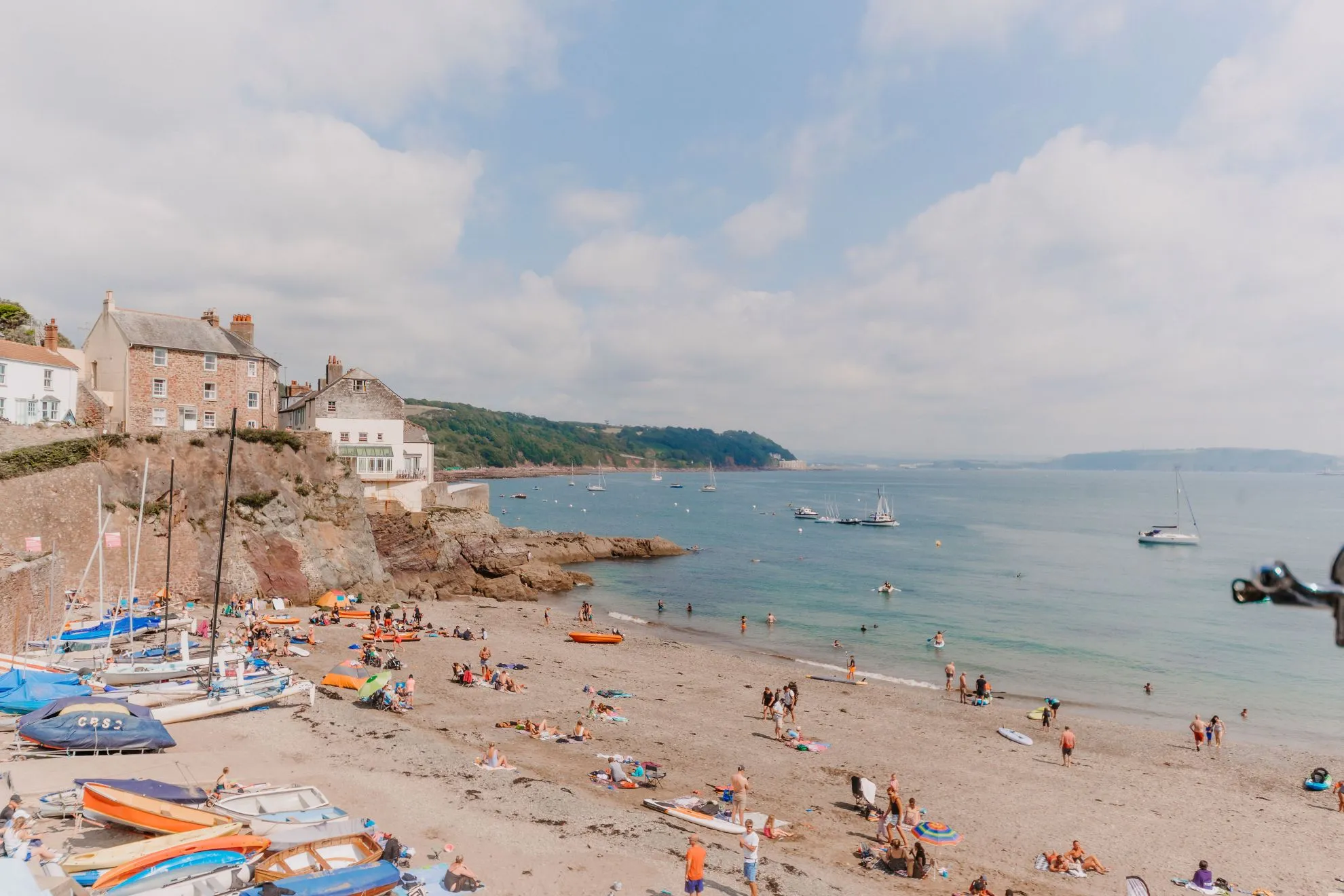
“Your nan loved the May Day celebrations, dear of her. She’d be up before dawn dressing the house. Whistling the Flora Day tune, Mum says.
That’s where you get it from I expect, Mum.
Yes, I ‘speck so. Comes around quick.
I let her gaze into the pictures without saying a word, and her toast runs cool on the table until all the butter has run through the bread.
Come on, let’s drink these outside.
Okay. Where’s Tony? She says, and I shrug. Where’s your father? she says again.
Not sure. Maybe out the front? I think he was feeding his roses before dressing the house.
He better get a wriggle on, she says. Won’t be long.
We walk slowly into the small back garden where she tends her sweet peas, which she has sown into every available bit of earth. Like the family photos, she has to work with the earth and seed close to her face.
A young boy runs down Garret Street with a cornet in his hand. I can just about hear the band warming up on the harbour, minus a young cornet player.”
The maypole dancers, traditional outfits, town procession and flower bedecked boat are a colourful spectacle to behold. Visit on the May Day bank holiday to join in the community celebrations and welcome the sunnier days of spring.
Order your copy of Twelve Stories for Twelve Sections here. Discover more inspiration and places to stay in north, south and west Cornwall.

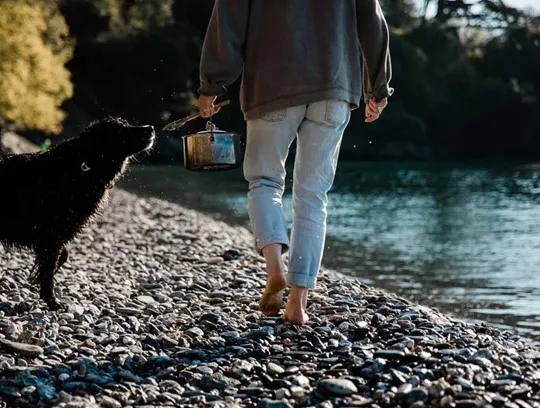
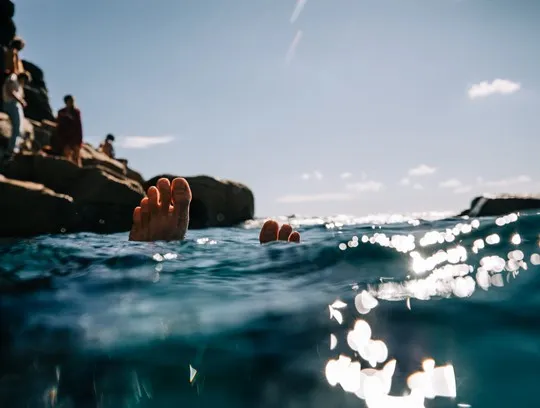
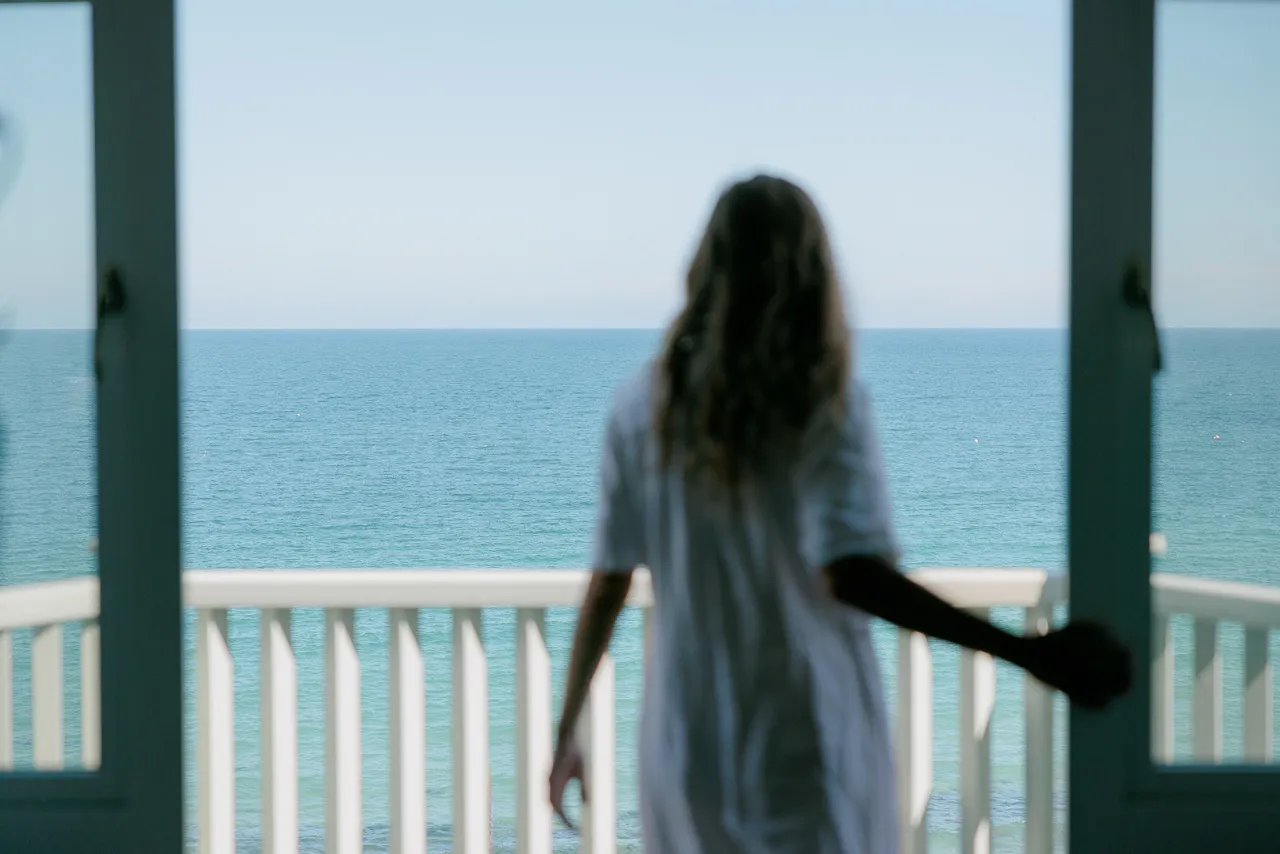

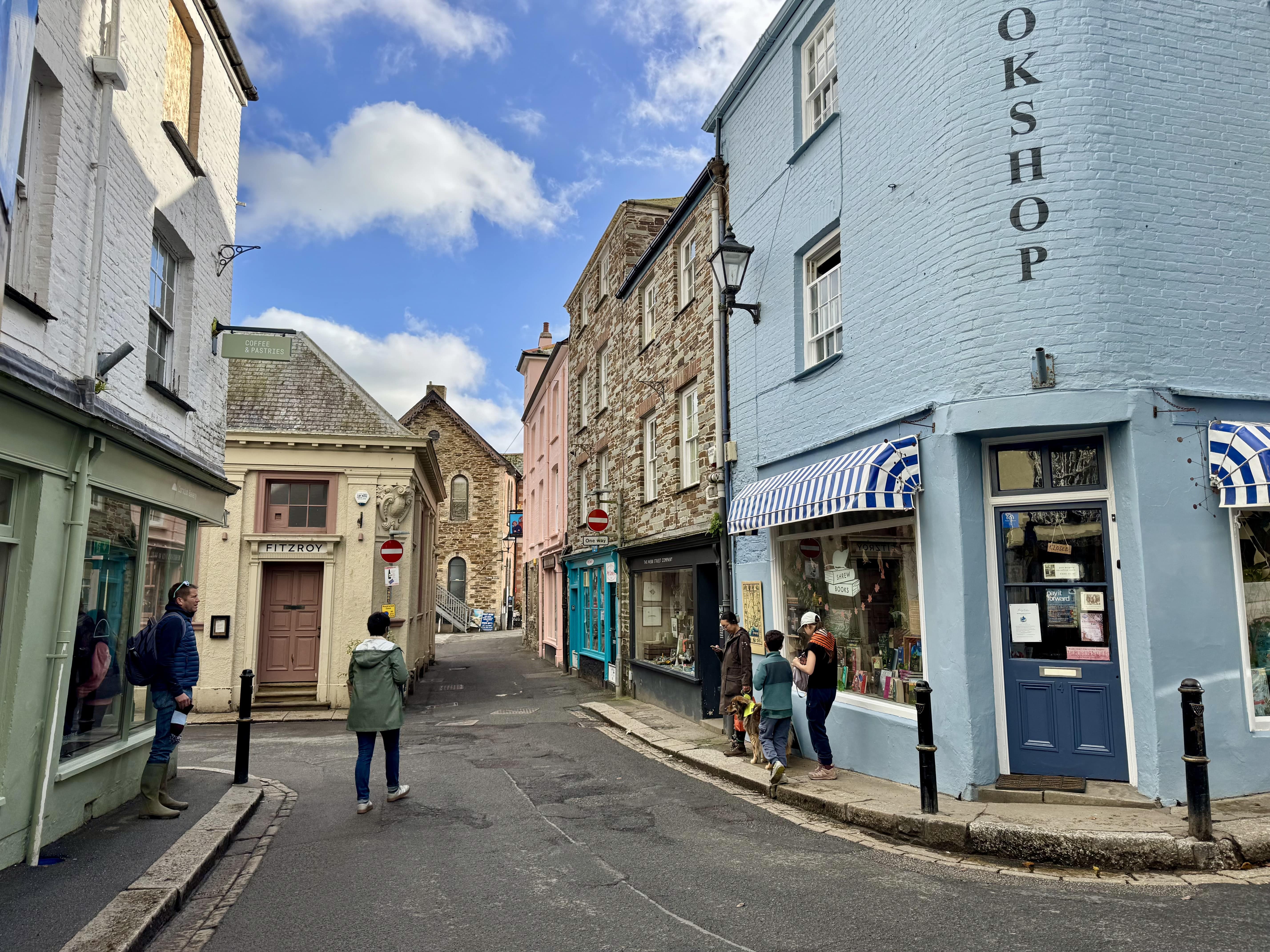

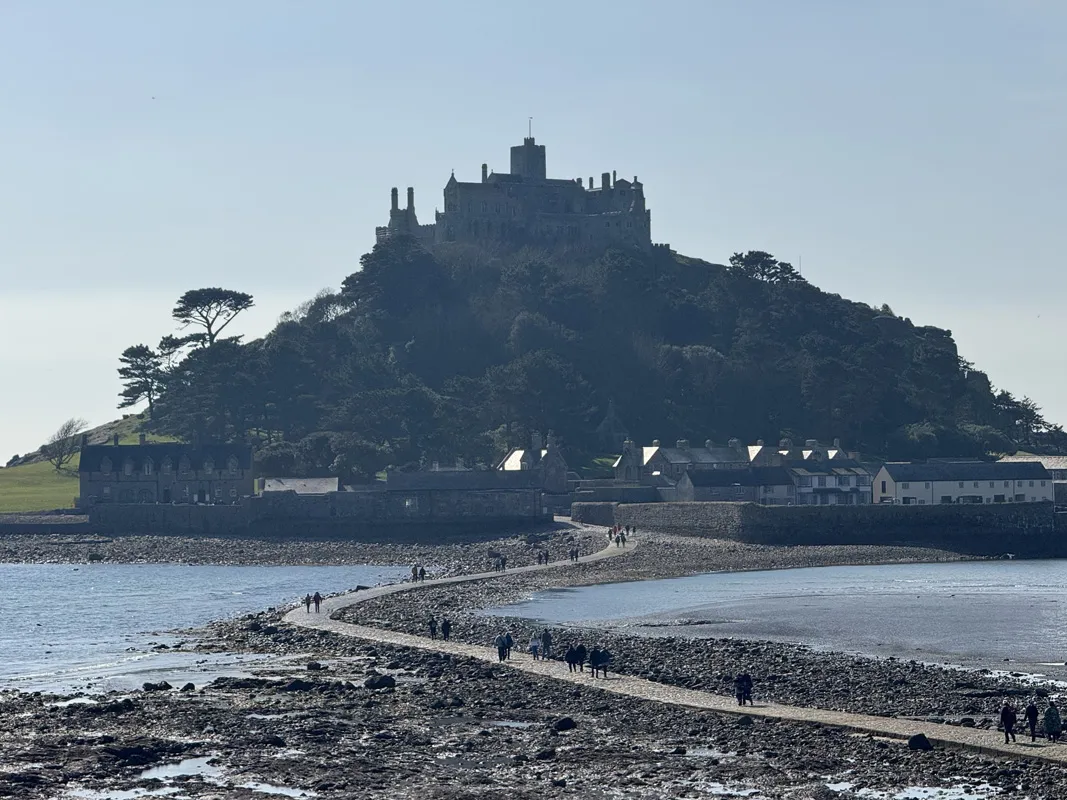 In the village, you’ll find craft shops and galleries, the scent of fresh fudge drifting down cobbled lanes, and long stretches of beach dotted with dog walkers (dogs are welcome outside of July and August). The area is also a haven for wildlife—keep an eye out for seals, dolphins, and even basking sharks, as well as egrets, sparrowhawks, and starlings.
In the village, you’ll find craft shops and galleries, the scent of fresh fudge drifting down cobbled lanes, and long stretches of beach dotted with dog walkers (dogs are welcome outside of July and August). The area is also a haven for wildlife—keep an eye out for seals, dolphins, and even basking sharks, as well as egrets, sparrowhawks, and starlings.
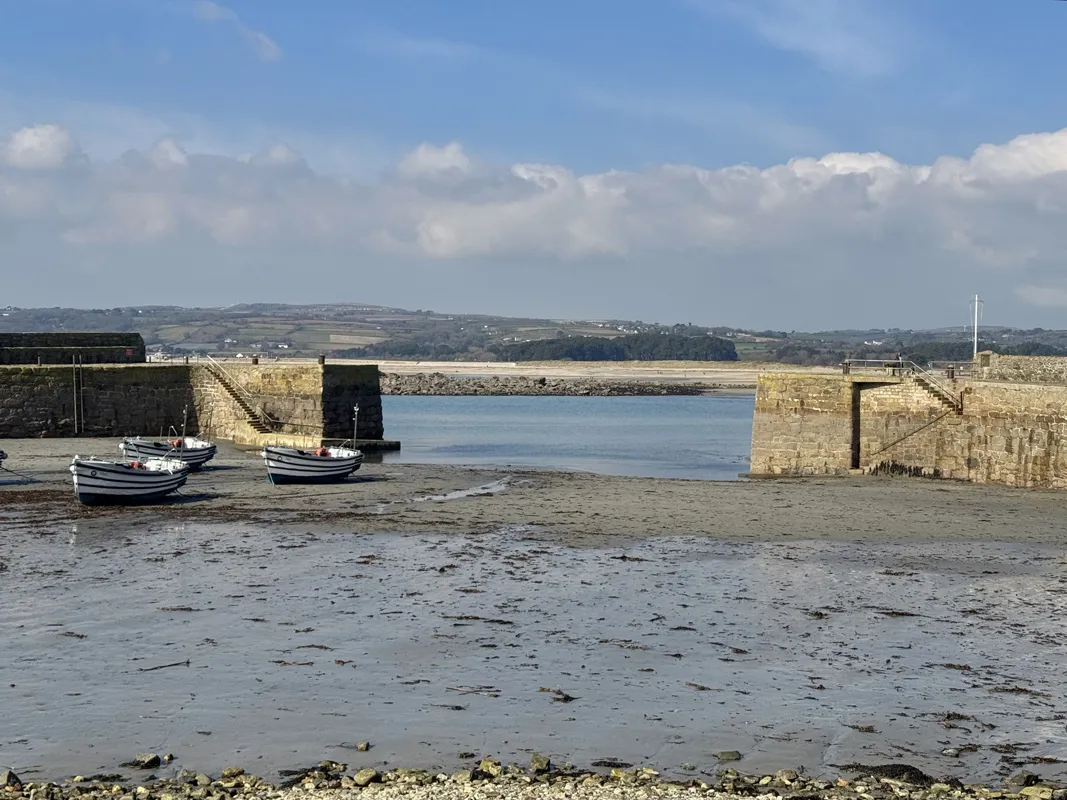 Without the usual crowds, you can take your time exploring. Free walking tours run every hour on the hour, offering insight into the island’s history. The
Without the usual crowds, you can take your time exploring. Free walking tours run every hour on the hour, offering insight into the island’s history. The 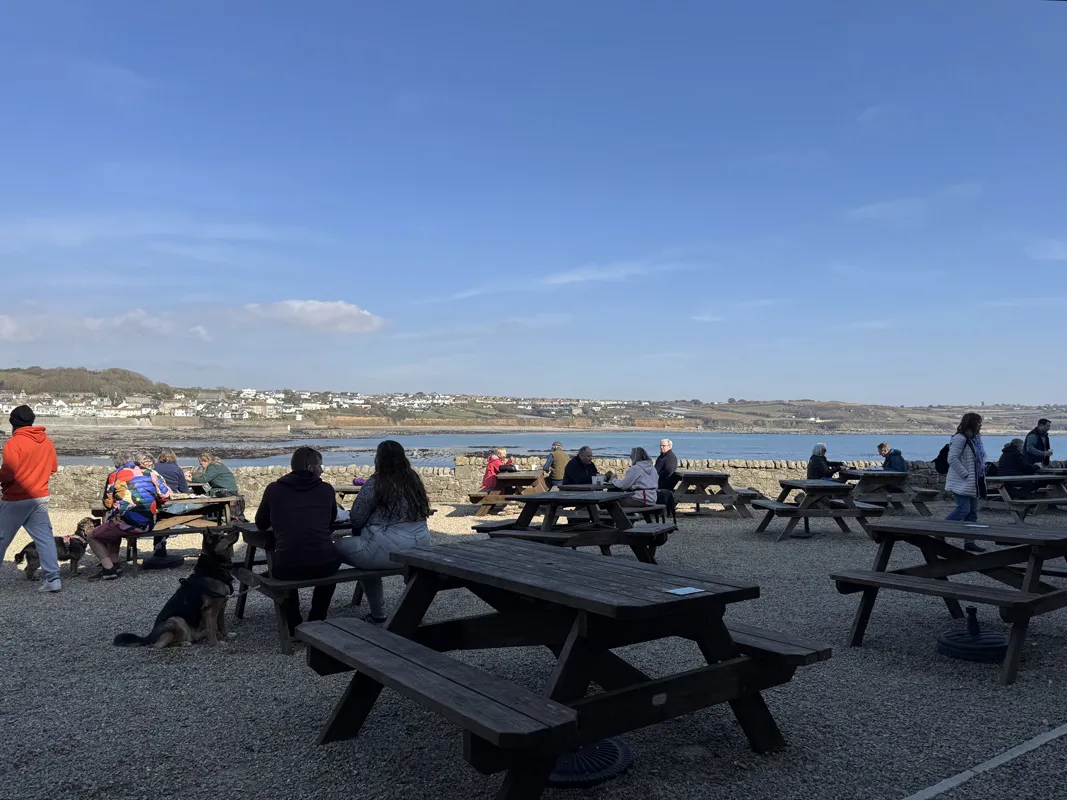
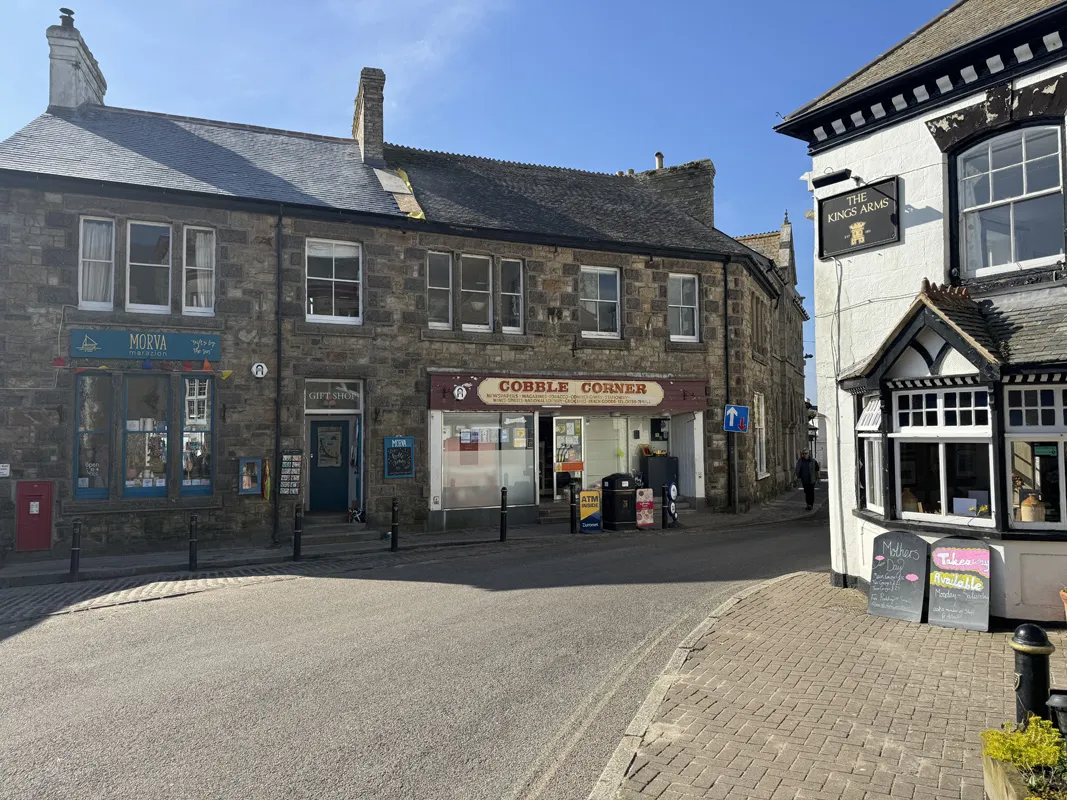
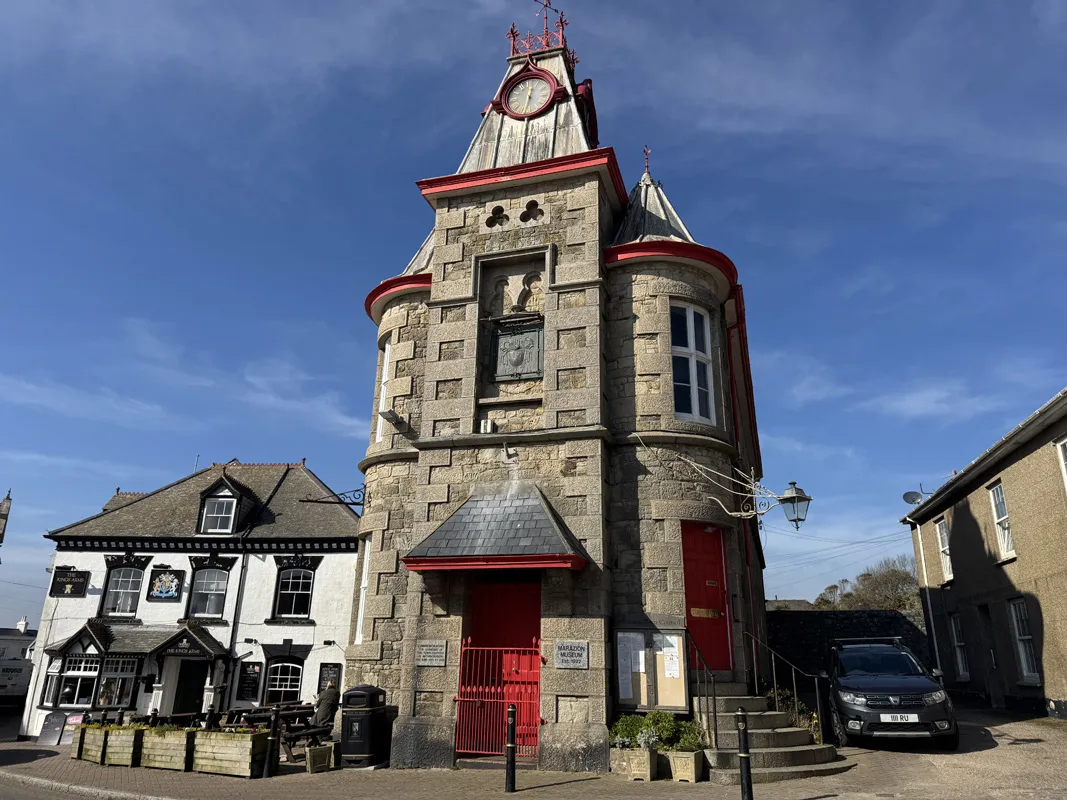

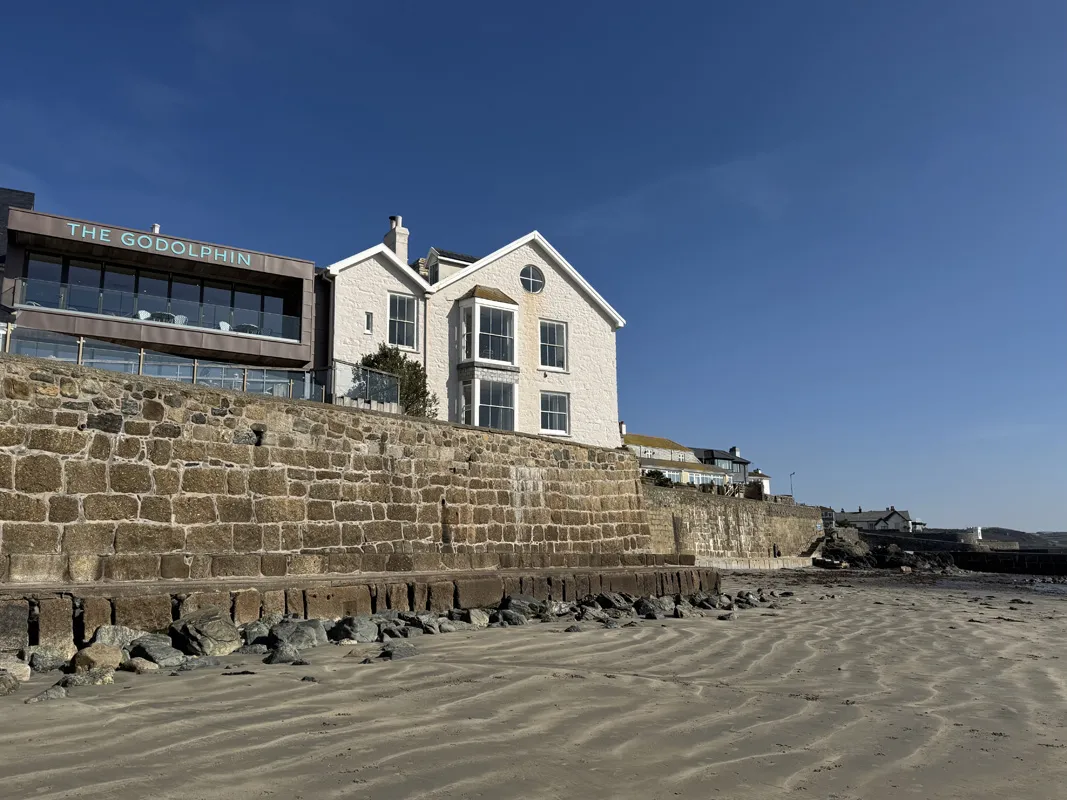

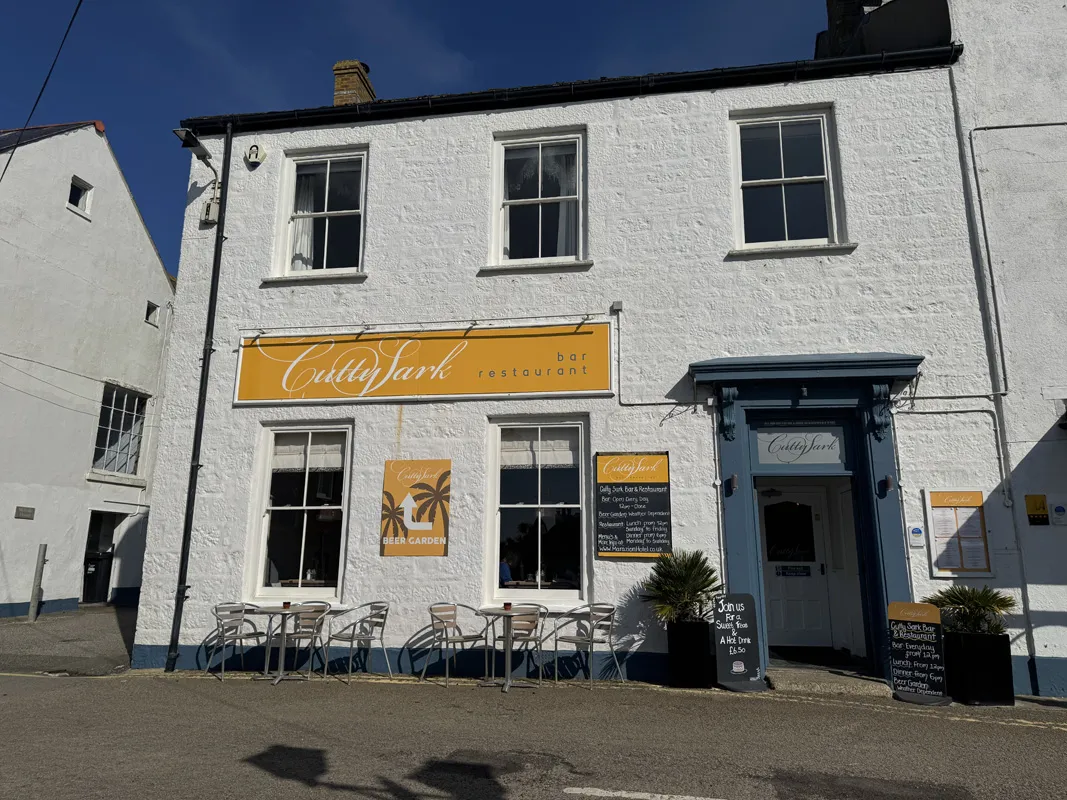
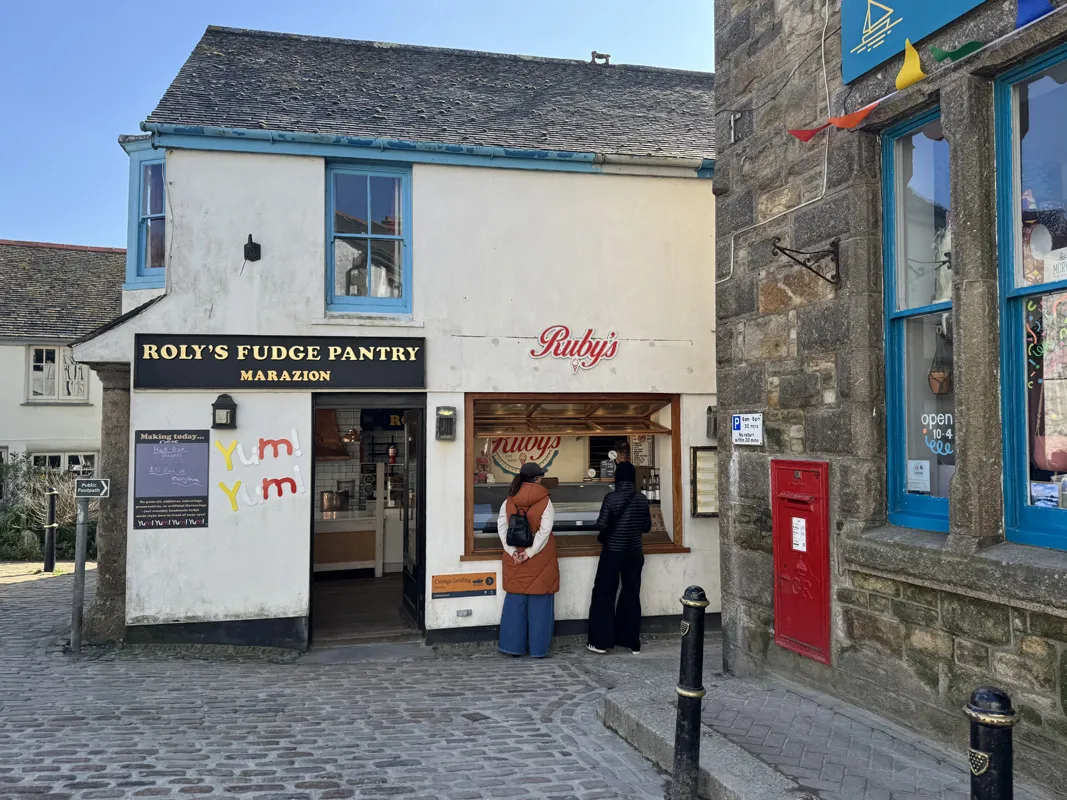

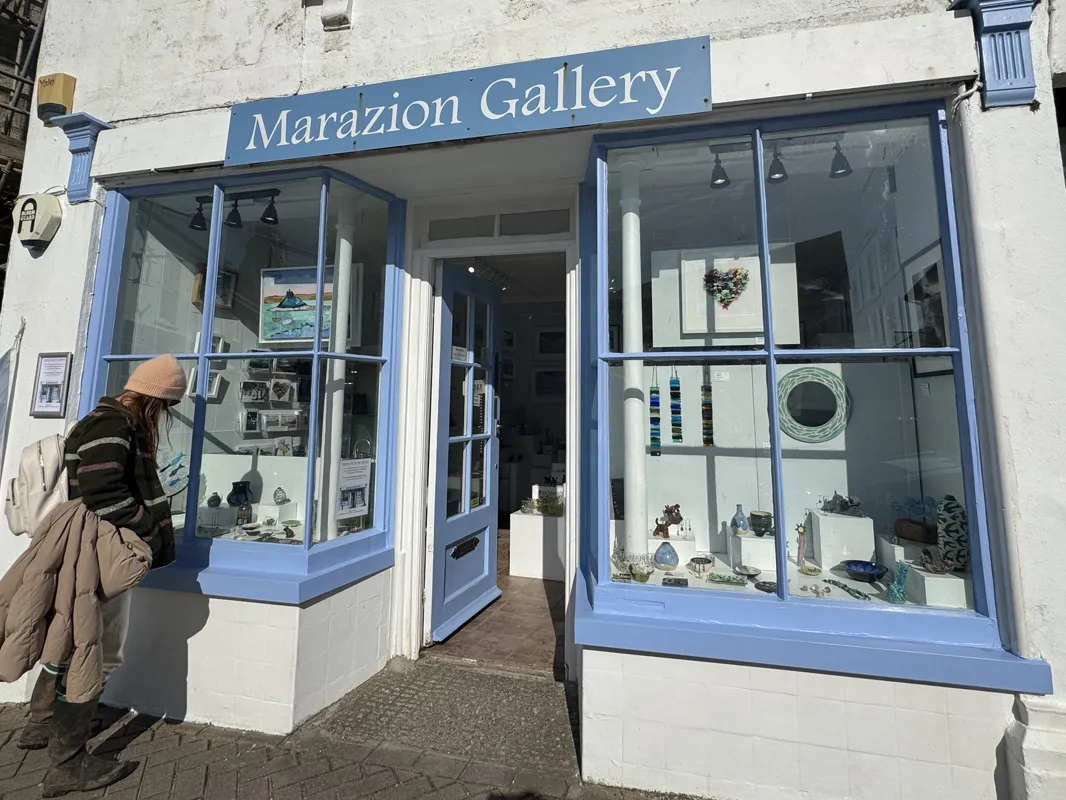
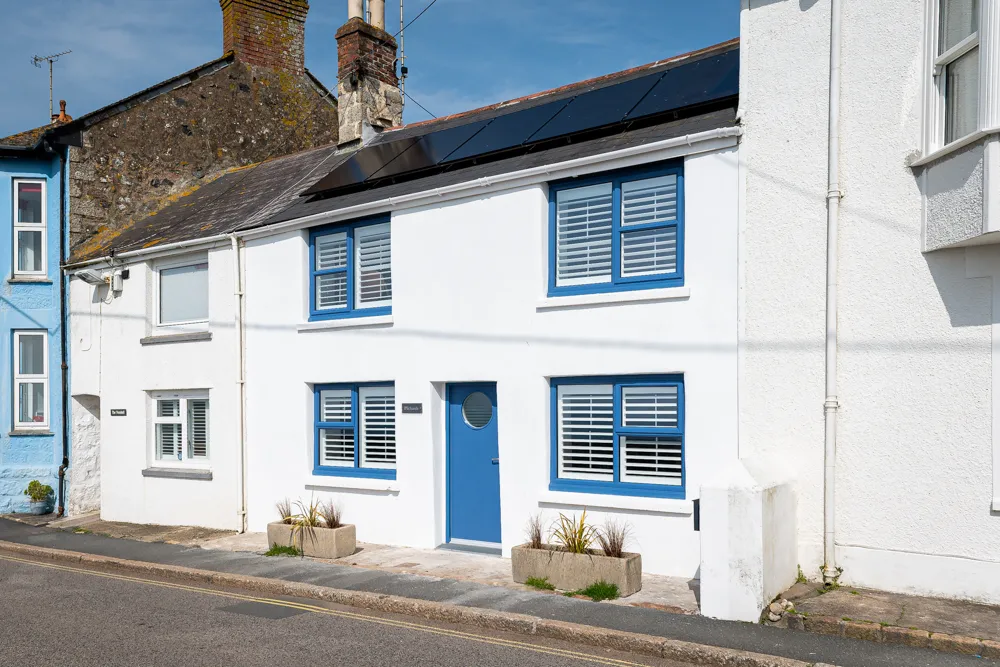
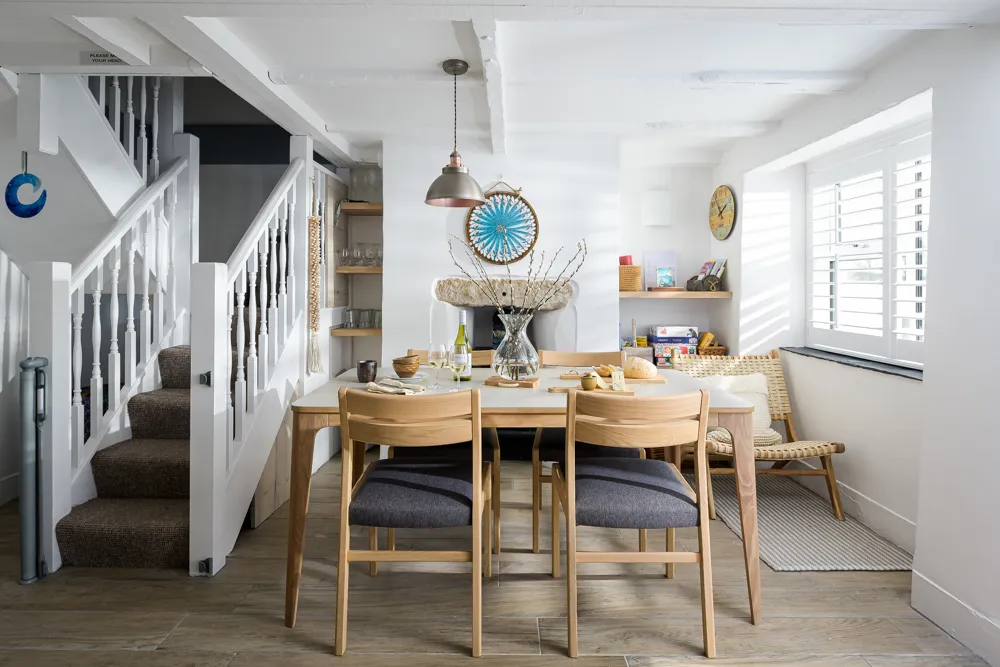 Book your
Book your 
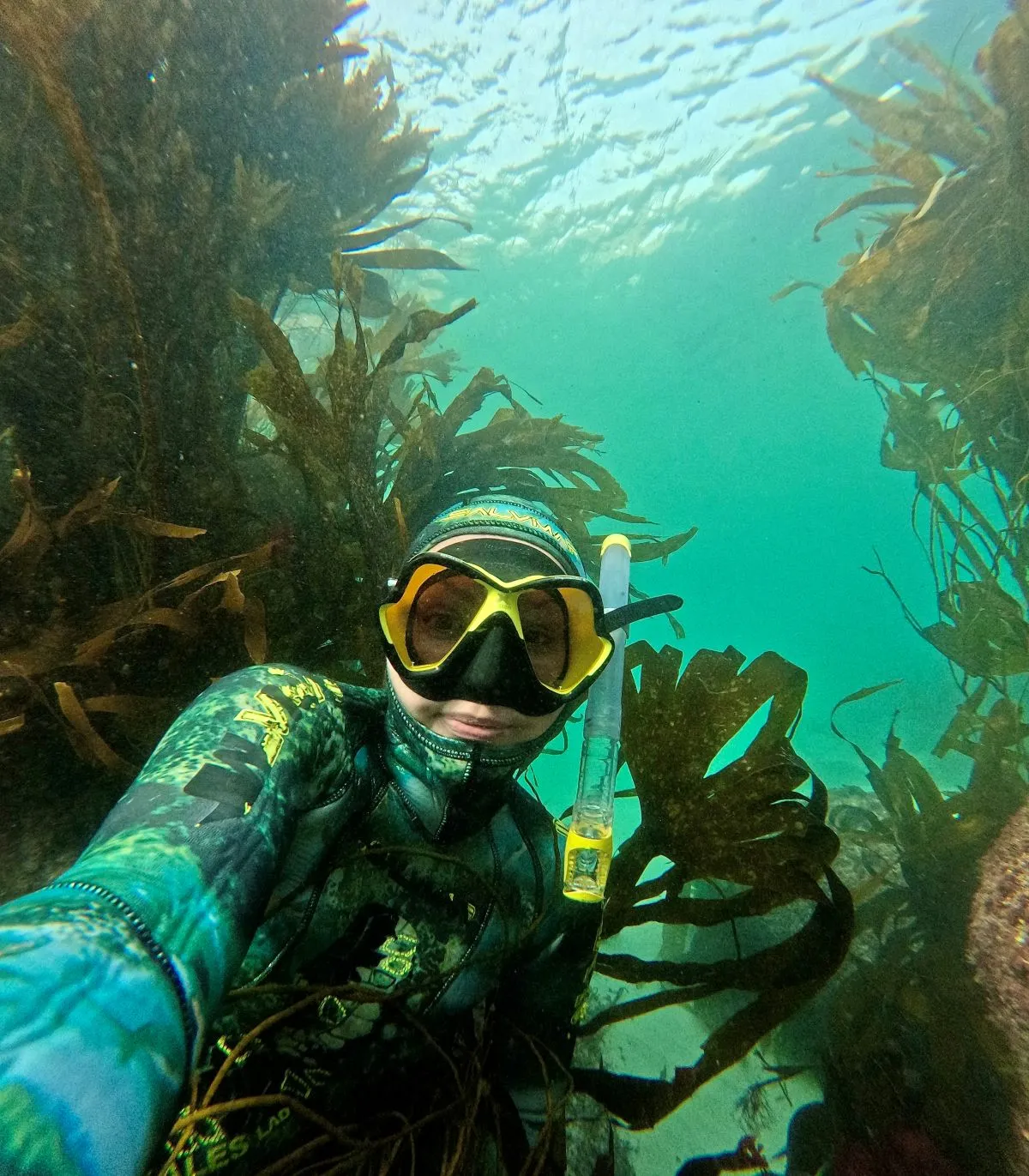
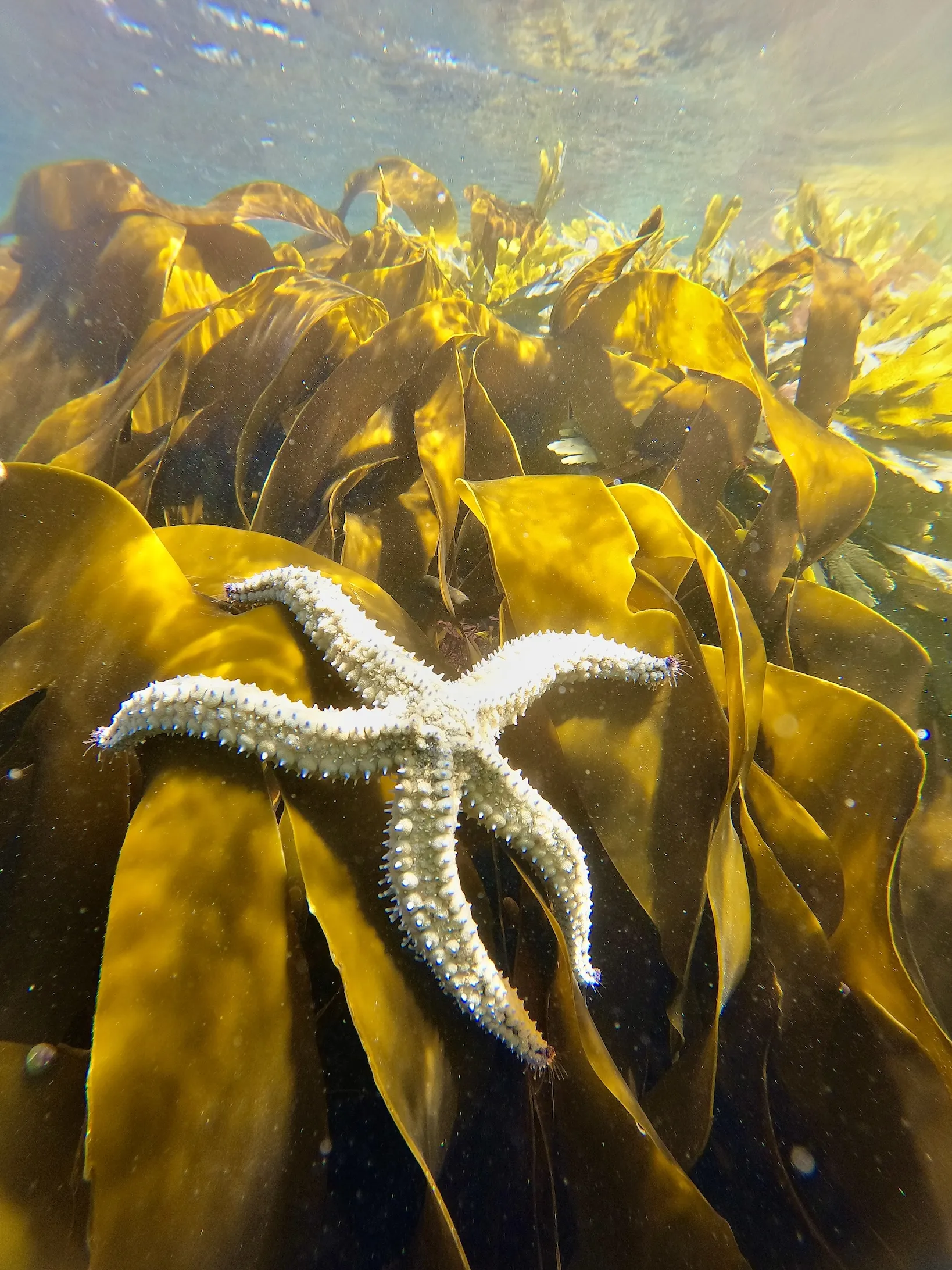
 Image credit: Sarah Jane Humphreys (seaweed painting)
Image credit: Sarah Jane Humphreys (seaweed painting)

